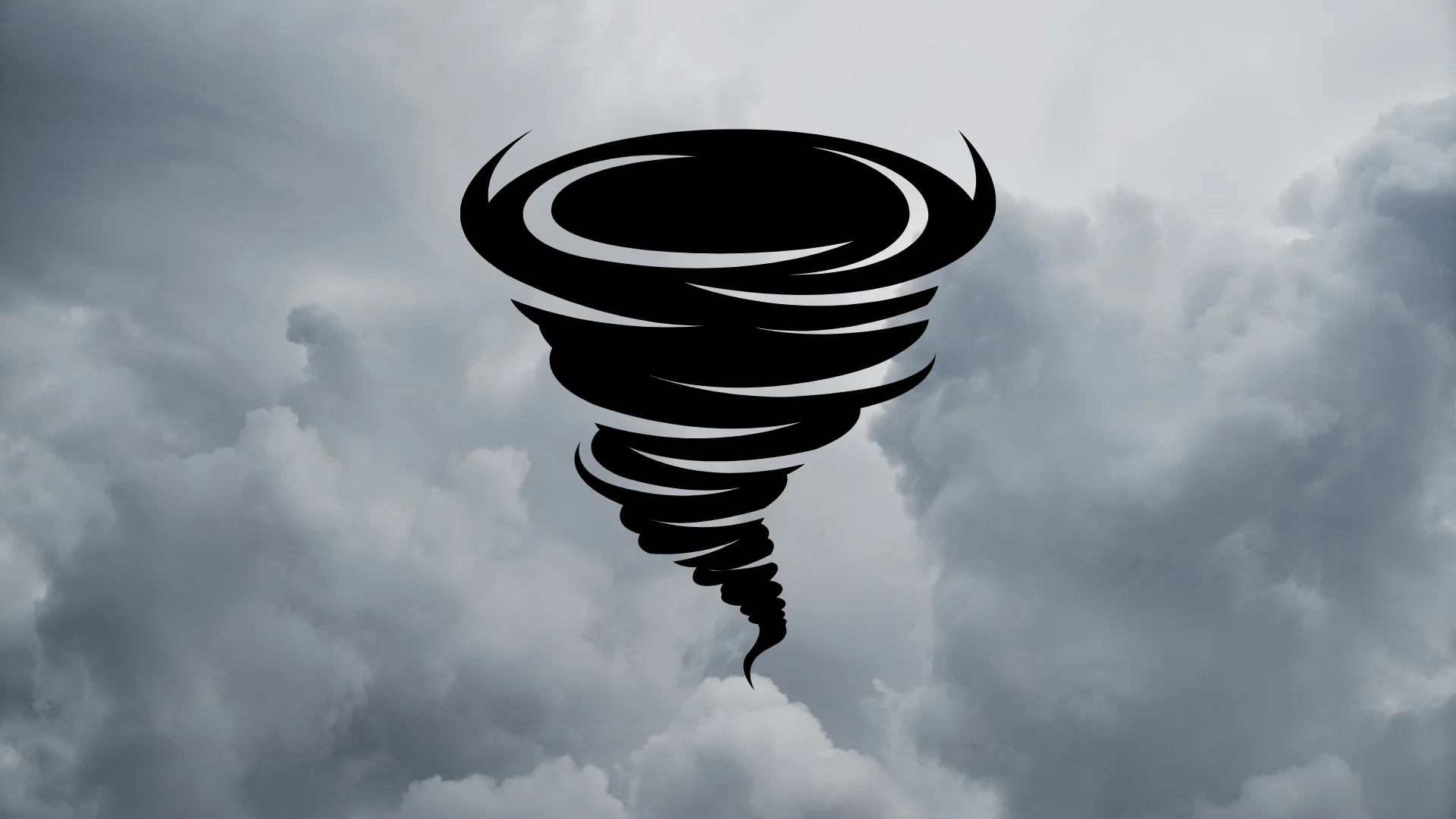
Canada's tornado count far behind schedule this year
Summer 2025 has been abundant in active weather and tornado season is crawling by, but the number of confirmed tornadoes so far this season is far from abundant.
Summer is two-thirds over, and while there have been numerous severe thunderstorm events across the country, the number of confirmed tornadoes across the country seems to be behind schedule.
Second to the United States, Canada reports the second-highest number of tornadoes annually in the world thanks to a unique set of conditions:
Clashing of cold air from the north with warm, moist air from the Gulf of Mexico
Topographical features
A jet stream that supports stormy summer patterns
SEE ALSO: Tornado warning safety: Here’s what you should do
Since 2017, the Northern Tornadoes Project (NTP), out of Western University in London, Ont., has been actively researching, investigating, and documenting tornadic and severe weather events across Canada.
While the 2025 summer severe weather season has been highly active, you may be surprised to know that NTP has only confirmed 34 tornadoes across the country so far this year—far fewer than we have seen by this time in the past few years.

By the end of July, NTP reported 84 confirmed tornadoes in 2022, 65 in 2023, and 90 last year in 2024.
Despite 2025's low tornado count so far, that number doesn't actually tell the whole story.
Tornadoes are confirmed and given a rating following a post-storm investigation based on the damage caused to trees and infrastructure. This also means, however, that it could take weeks to collect and analyze the data from the investigation and confirm whether or not there was a tornado.
DON'T MISS: Tornado debris can travel surprisingly far after a violent storm
Most severe weather also tends to occur in the late-spring to early-summer months, but tornado season actually lasts from mid-April to mid-September on average. So there's still some time for more severe storms to spin up a higher tornado tally.
What we do know for certain, though, is that improvements in meteorological, satellite, and drone technology, as well as the social media boom over the past few years, have helped to increase the number of reported and confirmed events.
Population growth and urban expansions have also led to more severe weather impacting a greater number of people.
As the tornado season carries on here in Canada, it's important to remember that tornadoes are only one aspect of severe weather and that severe thunderstorms can also produce other dangers, such as straight-line winds, hail, and flooding rains.
Stay with The Weather Network for more information and updates on Canada's 2025 tornado season.
